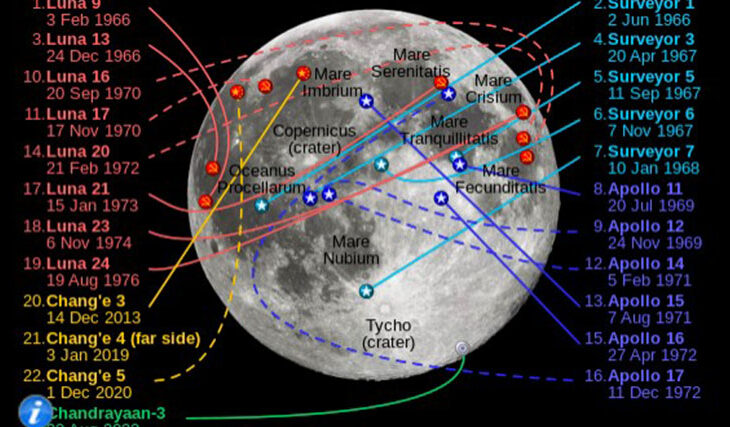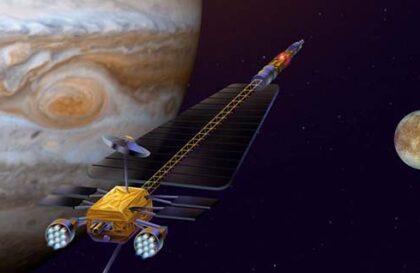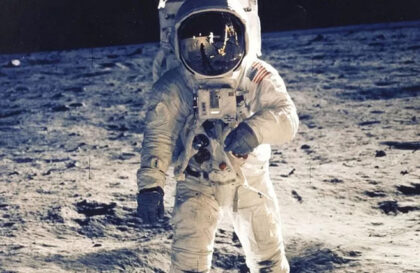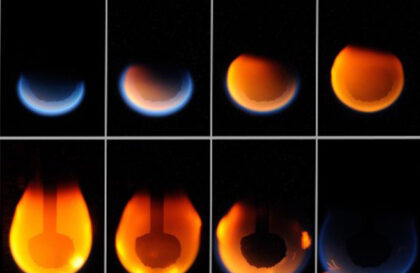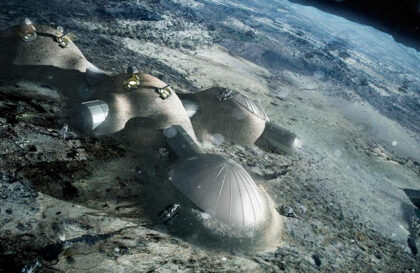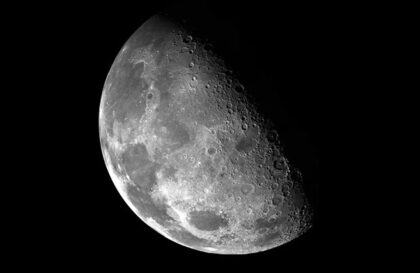Already six national space agencies (Interkosmos, NASA, CNSA, ISRO, JAXA, and the European Space Agency) have reached the Moon via unmanned missions, as well as two private/commercial missions from Israel and Japan. The missions have achieved varying degrees of success. The Soviet Union (Interkosmos), the United States (NASA), China (CNSA), and India (ISRO) are the only four countries that have managed to achieve a soft landing on the Moon.
What is the difficulty of landing on the moon?
To reach the moon, the spacecraft must leave the earth’s gravity, and for this, a rocket is used. Unlike flying vehicles like hot air balloons and jet planes, a rocket can continue accelerating in a vacuum outside of the atmosphere.
When approaching the moon, the spacecraft will increase its speed under the influence of its gravity. For a safe landing, it must slow down to less than 160 kilometers per hour and have a solid structure for a hard landing. The first U.S. attempts at a successful hard landing on the Moon in 1962 failed, but significant successes followed, including the first uncrewed soft landing on the Moon in 1966.
A soft landing on the Moon requires a reduction in velocity by a certain amount, typically between 70% and 100% of the escape velocity from the Moon. The escape velocity for the Earth and Moon is 2.38 kilometers per second. This change in speed is usually achieved with a rocket on the ship, which is part of the entire spacecraft that is launched to the Moon.
The most interesting missions
The first man-made object to touch the Moon was the Soviet Luna 2 on September 13, 1959.
The American Apollo 11 was the first crewed mission to land on the Moon on July 20, 1969.
The United States is the only country to have successfully carried out manned flights to the Moon, the last of which left the surface of the Moon in December 1972.
All soft landings took place on the visible side of the moon until January 3, 2019, when China’s Chang’e-4 space probe landed safely on the far side of the moon on its first attempt.
The Soviet Union carried out the first hard landing on the moon – “hard” means that the spacecraft deliberately crashed into the moon – with the help of the Luna 2 spacecraft in 1959.
The US repeated this feat in 1962 with Ranger 4.
More recently, other space programs have made deliberate hard landings, sometimes using end-of-life lunar orbiters that could no longer maintain their orbit.
The Japanese lunar orbiter Hiten crashed into the lunar surface on April 10, 1993.
The European Space Agency performed a guided strike using its SMART-1 orbiter on September 3, 2006.
The Indian Space Research Organization (ISRO) performed a controlled strike with its Moon Impact Orbiter.
Probe (MIP) November 14, 2008.
The Chinese lunar orbiter Chang’e 1 made a controlled impact on the lunar surface on March 1, 2009.
After the first hard landing on the Moon, sixteen Soviet, American, Chinese, and Indian spacecraft used retrorockets (retrorockets) for soft landings and scientific operations on the lunar surface.
In 1966, the Soviet Union made the first soft landing and took the first pictures of the lunar surface during the Luna 9 and Luna 13 missions. The US followed this up with five Surveyor soft landings.
As part of China’s ongoing Chang’e program, the spacecraft has landed three times since 2013, achieving the return of soil samples and the first landing on the far side of the moon.
On September 24, 1970, the Soviet Union carried out the first uncrewed return of lunar soil samples using Luna-16.
Luna 17 was the first successful unmanned lunar rover mission in 1970.
The Chinese spacecraft Chang’e 4 made the first uncrewed soft landing on the far side of the Moon on January 3, 2019.
Two organizations attempted but failed to achieve a soft landing: the Israeli private space agency SpaceIL with its Beresheet spacecraft, and the Japanese company Ispace Hakuto-R Mission 1.
On 23 August 2023, ISRO successfully landed its Chandrayaan 3 module at the lunar south pole, making India the fourth country to successfully soft-land on the Moon. Chandrayaan 3 saw a successful soft landing of its Vikram lander and Pragyan rover at 18:04 EST (1234 GMT), marking the first uncrewed soft landing in an unexplored region.
The total mass of all artificial objects that have reached the surface is more than 180 tons.
No more than 400 kilograms of matter was taken from the Moon itself, this is lunar soil.
Image credit:
https://en.wikipedia.org
https://www.indiatoday.in
https://www.rbth.com
